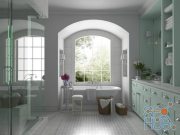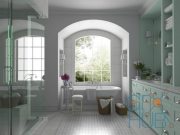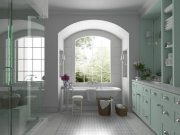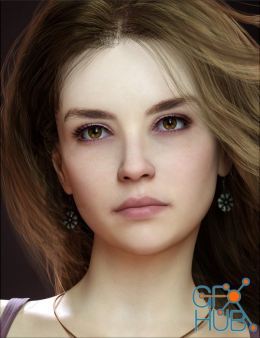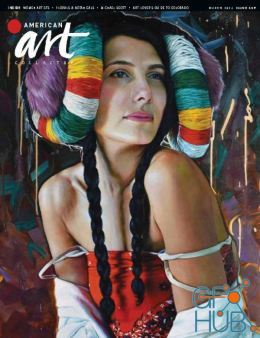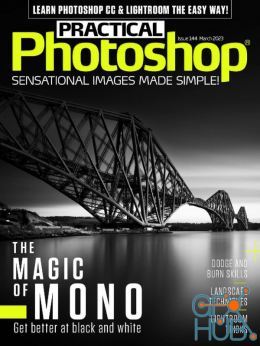Solid Angle 3ds Max to Arnold v2.0.930 for 3ds Max 2018 – 2019
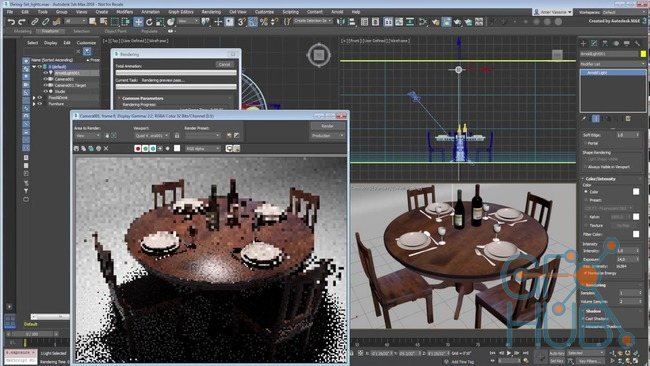
New Solid Angle 3ds Max to Arnold v2.0.930 for 3ds Max 2018 – 2019 for free download
This is a feature release, using the Arnold 5.1.0.0 core, and is MAXtoA build 930.
Features:
Integration with 3ds Max shapes, cameras, lights and shaders.
Image Based Lighting support, including a state of the art physical sky.
3ds Max ActiveShade interactive rendering allows parameter changes to be rapidly previewed without interrupting your work.
Support for AOVs & Deep EXR files.
Defer the creation of geometry at render time with the Procedural placeholder nodes.
Texturable Mesh lights.
3rd Party Arnold shader support.
MAXtoA Cloud Rendering for stills and animations. Users can join the optional Autodesk ‘Render Pilot’ program, which now supports MAXtoA.
Enhancements:
Non-Photorealistic Rendering: a non-photorealistic rendering (NPR) solution is provided as the combination of the contour filter and toon shader. The contour filter draws contour lines using the information provided by the toon shader and it works even for reflected or refracted objects. The toon shader can be used to obtain a cell animation look. A variety of interesting effects can be achieved by, for example, changing the line width using the edge_width_scale, connecting a procedural texture to mask_color, or using stylized highlights.
Adaptive sampling: Arnold now has the capability of adapting the sampling rate of each pixel when the enable_adaptive_sampling option is enabled, allowing it to dedicate a greater number of camera samples (and thus also a greater amount of render time) to the pixels that show a greater variation in their sample values. When used, all pixels will receive a sampling rate of at least AA_samples, but no more than AA_samples_max. The adaptive sampler's sensitivity to noise may be controlled through the AA_adaptive_threshold render option, where lower threshold values will apply higher sampling rates to a greater number of pixels.
Denoiser (noice): a stand-alone, post-process denoiser executable called noice.exe is now bundled with Arnold. This is a high-quality denoiser that takes into account multiple frames and multiple light AOVs. It requires variance information for the beauty output, which can be enabled with the new parameter Output Variance AOV. It can optionally use normal, depth and albedo in order to improve the denoising.
Denoiser (OptiX): the fast, GPU-powered Nvidia OptiX AI denoiser is now available. By enabling the Denoise parameter in an AOV, Arnold will output this AOV twice: once with the original result, and a second one (suffixed with "_denoise") showing the denoised result. A denoised beauty pass can be obtained by enabling Denoise on an RGBA AOV. Note that denoising happens at the end of a full frame render, and not at each bucket.
Alembic procedural: a procedural node called alembic which is capable of reading Alembic .abc files has been added.
Operators: operators are a new node type which perform per-object (node) parameter assignments and overrides, including late-bindings and deferred overrides on procedurally generated nodes. Operators can also create nodes and carry out general scene inspection and modifications. A series of operator nodes are now available: materialx, set_parameter, disable, collection, switch_operator, and set_transform.
More efficient texture mapping: the performance of certain types of texture lookups, including opacity masks, skydome_lights, and certain kinds of specular and diffuse rays has been optimized.
Matte shader opacity: the shader matte has gained an opacity parameter, so it can honor transparency the same way the built-in matte object parameter does.
Per-lightgroup shadow mattes: The shader shadow_matte has a new aov_group parameter that when enabled makes the shader sensitive only to lights with a matching aov setting.
Trace sets in ambient occlusion shader: the ambient_occlusion shader now supports the trace_set parameter to specify which objects are included or excluded.
Extra samples in hair shader: the standard_hair shader now supports the extra_samples parameter to use additional GI samples on a per-shader basis.
ID AOVs in standard_surface and standard_hair: the standard_surface and standard_hair shaders now support ID AOVs. These are useful for creating mattes.
Face mode option in color_jitter: with the new face_mode option, color can be randomized per quadrangle as well as triangle.
New AOV-write shader: an aov_write_rgba shader has been added which complements the existing rgb, float and int variations of this shader.
Layer shaders: the newly added layer_float and layer_shader shaders can be used to mix float values and closures respectively. layer_rgba allows to composite textures.
trace_set shader now exposed.
Checkbox added to display the buckets' corners.
Arnold objects' UI (Volume, Procedural, Alembic) now Qt.
Arnold Answer added to the Arnold menu.
Fixes:
Light groups crashes 3ds Max at render time if a light turned off is included.
Download links:
Solid.Angle.3ds.Max.To.Arnold.v2.0.930.For.3ds.Max.2018-AMPED.rar
Solid.Angle.3ds.Max.To.Arnold.v2.0.930.For.3ds.Max.2019-AMPED.rar
Solid.Angle.3ds.Max.To.Arnold.v2.0.930.For.3ds.Max.2019-AMPED.rar
Comments
Add comment
Tags
Archive
| « December 2025 » | ||||||
|---|---|---|---|---|---|---|
| Mon | Tue | Wed | Thu | Fri | Sat | Sun |
| 1 | 2 | 3 | 4 | 5 | 6 | 7 |
| 8 | 9 | 10 | 11 | 12 | 13 | 14 |
| 15 | 16 | 17 | 18 | 19 | 20 | 21 |
| 22 | 23 | 24 | 25 | 26 | 27 | 28 |
| 29 | 30 | 31 | ||||
Vote
New Daz3D, Poser stuff
New Books, Magazines
 2018-04-12
2018-04-12

 1 767
1 767
 0
0


